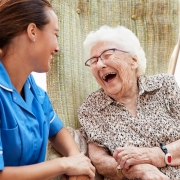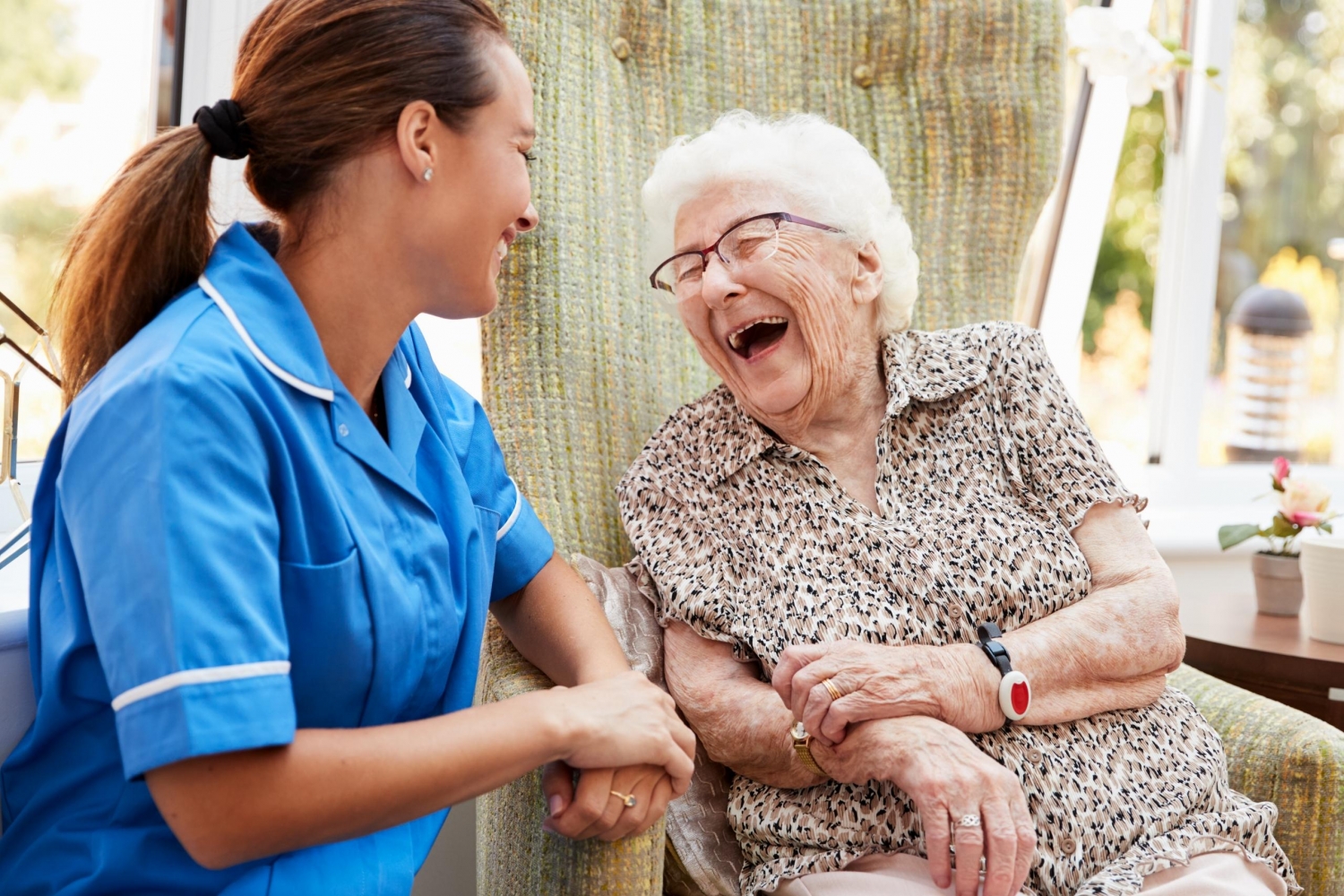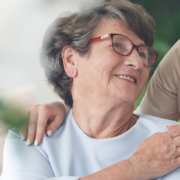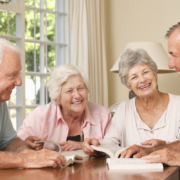In-Home Care and Intellectual Disabilities
![]()
In-home care for the disabled is different than the same kinds of care for someone who is neuro- typical
We know that intuitively, and as families, we deal with that each day. As in-home care providers, we also know that having different systems in place for the disabled is important. When you read about how we care for seniors, you see evidence of that, and our consideration for the disabled as part of our philosophy and care program.
Customizing Care
But how is it different?
For one thing, the routine care that is so central to these services is different for the disabled. Meal planning, transportation, hygiene and other typical processes look different when someone has a physical or mental disability to deal with.
Staff interactions also look different based on a person’s specific needs. And then there’s state agency approval…
So having the versatility in place to deal with this is key for businesses like ours.
State-Approved
We are an approved ODP provider in PA, which means that we have met all of the standards and compliance requirements for helping people with disabilities.
There is also a complex equation of state funding in play, and our people know how to navigate that bureaucratic world to serve families with disabled individuals in a better way.
Coronavirus
When it comes to covid, PA ODP has set particular guidelines. Here’s how it is explained by the state agency:
“The Department of Human Services (DHS) recognizes that this is a frightening time for many of our DHS-licensed congregate care facilities. If used appropriately, personal protective equipment (PPE) can help protect against the spread of COVID-19. Information contained in this guidance is only for congregate care settings licensed by The Office of Developmental Programs (ODP) and not for other provider types. The Pennsylvania DOH has requested that all critical needs for ODP licensed facilities are first screened by ODP to ensure that facilities are adhering to current guidance and PPE conservation strategies before forwarding to the PA DOH. The PA DOH has a very limited supply of PPE and is triaging needs daily.”
You can see how approval means following rules, and putting standards in place. Read more about our track record in Pennsylvania at the web site and ask us what we can do for your loved one. We are pleased to call ourselves a partner with Pennsylvania families, and a place where you can feel confident about care.










